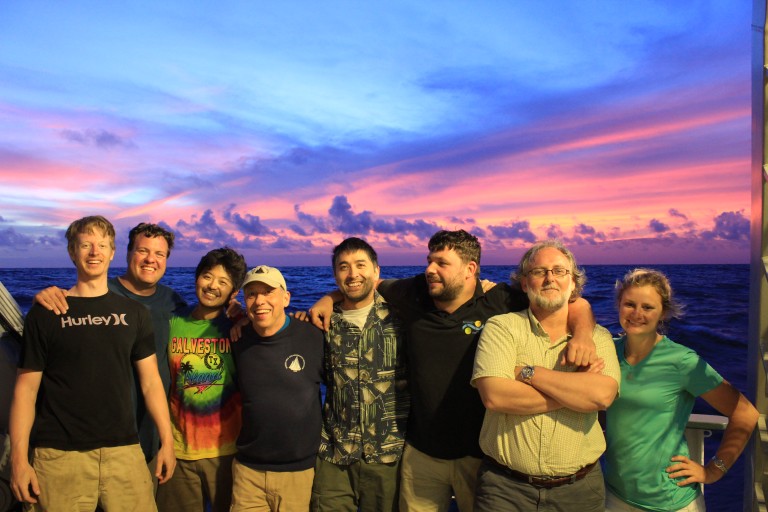
Like all good things, the Loihi Seamount excursion has come to an end. Close to two weeks onboard the R/V Falkor, and our science crew is leaving with enough data to keep them busy for the next six months. All in all, we had seven AUV Sentry deployments to the two deep regions of Loihi Seamount: FeMo Deep and Shinkai Deep. This provided a closer look at these lesser known regions of the ocean’s floor.
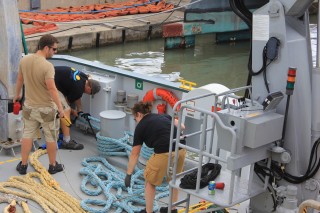
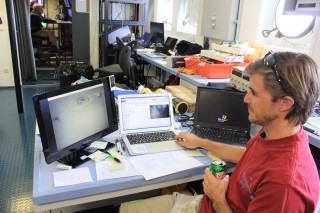
AUV Sentry shared important information from its sensor data like temperature and eH (how much oxygen is in the water), and of course important visuals including photos of what the seamount looked like and high-resolution maps. This information will help scientists like Dr. Glazer better understand the area and hone in on hydrothermal plumes for future research. On top of the data collected by Sentry, we were also able to deploy the CTD Rosette for 18 different hydrocasts. As mentioned in previous blogs, this too can go down to the deepest parts of this underwater volcano collecting water samples at different depths to get a better idea of the water chemistry related to the hydrothermal plumes. Some casts were specifically designed to go very slow, while others took quick dips to areas such as Pele’s Pit, Pit of Death, and Loihi Summit.
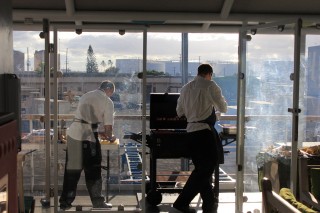
Sentry Stats from Cruise:
Total time Sentry was in the water: 132.3 hrs
Total survey time completed by Sentry: 104.1 hrs
Total survey distance: 216.1 km
Total distance of photos: 59.8 km, photo area (estimate): 350,000 m^2
Total number of photos: 49130
Total multibeam distance: 156.3 km
Total vertical during surveys: 48335.0m, multibeam area (estimate): 23.4 km^2
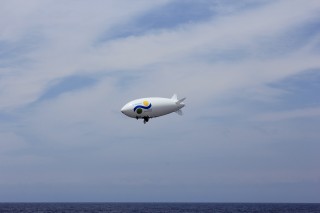
Seventeen scientists worked tirelessly around the clock to gather as much information from the water as they could during their time onboard Falkor. When the team was not deploying Sentry or CTDs, or working on samples in the lab, they could be found watching a sunset from the deck and refueling with the wonderful food on board. On the way back to Honolulu, scientists were able to see first hand Falkor technicians test the blimp on board.
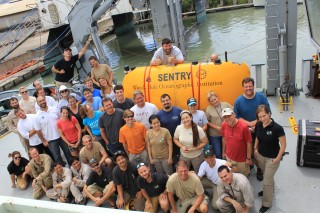
The last 24 hours have been consumed with the large task of wrapping up an exhilarating and productive expedition; downloading all the data and information, washing and packing up equipment in the wet lab, and tying down and disassembling the large instruments and tools that were brought on board. The saying it takes a village really applies to a successful research cruise, and so many were involved in making this happen. Between the chefs, deck hands, engineers, marine technicians and scientists, everyone worked hard and now the fruits of our labor have pay off with the detailed research that was completed. We are excited to see what comes of all of this data, and to be part of the science that is helping researchers know more about this mysterious underwater volcano.

